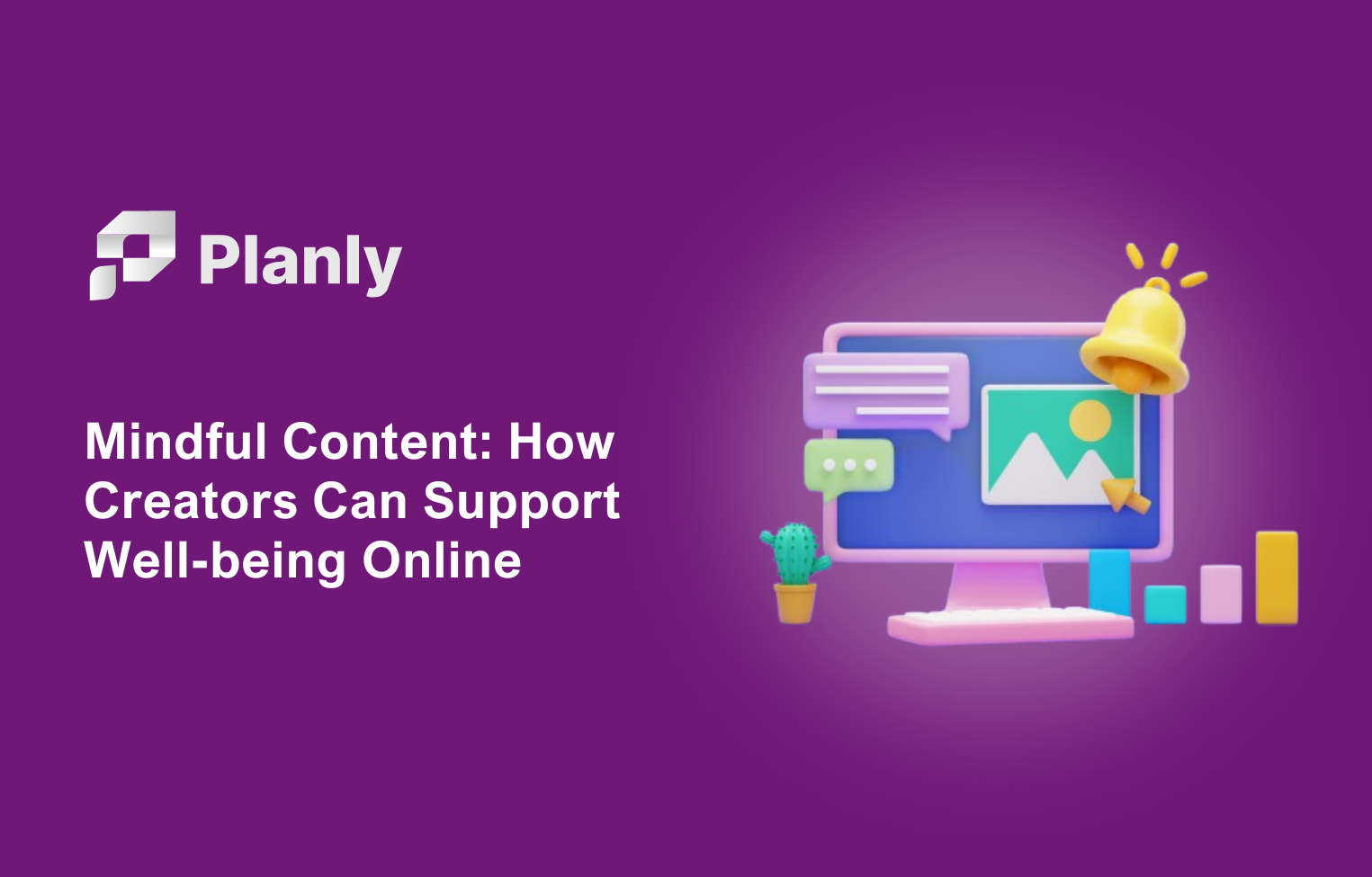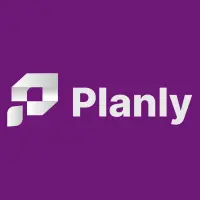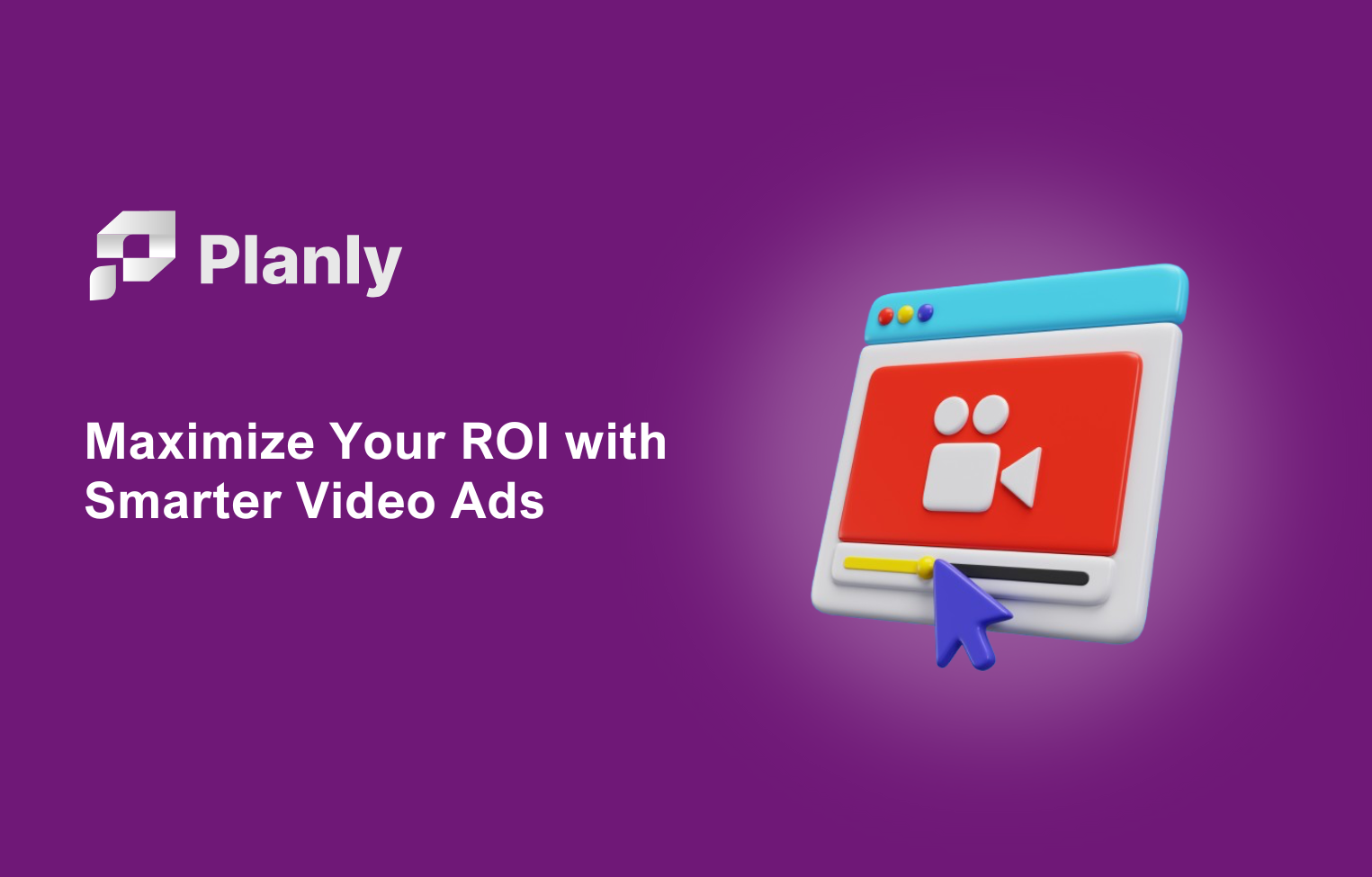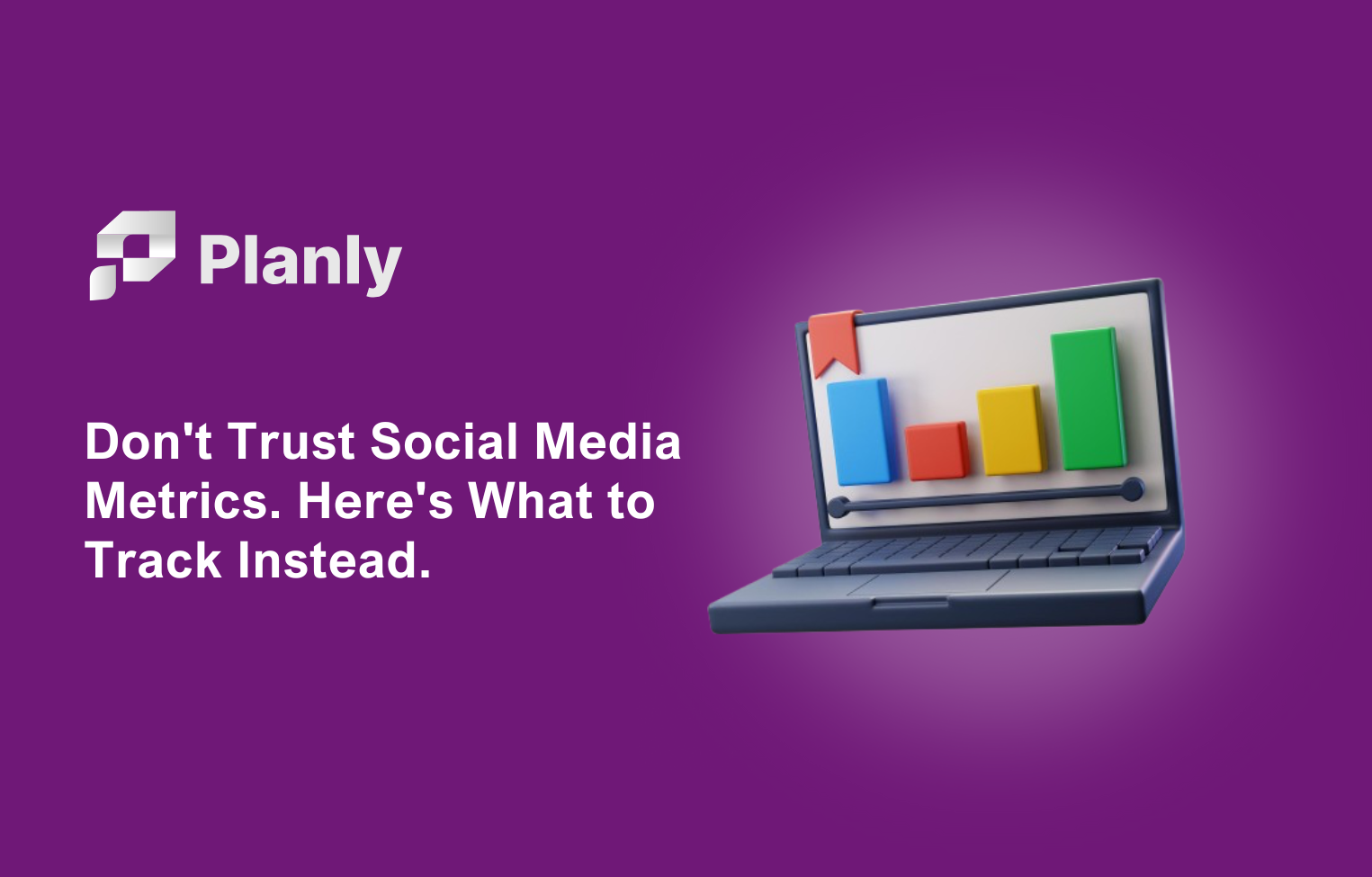Hashtags are crucial in the new age of social media.
They are the beacons guiding users to your content and connecting them to broader conversations.
Understanding how to use hashtags effectively can transform your social media strategy, increasing visibility, engagement, and reach.
This guide will explore the benefits of hashtags and provide strategies to integrate them into your posts to enhance your digital presence.
Understand Hashtags
What even is a hashtag, what is it used for, how does algorithms interact with hashtags? If you do not understand
ashtags, it will the really hard for you to succeed in social media.

What is a Hashtag?
A hashtag is a word or phrase preceded by a hash sign (#), used within a social media post to facilitate keyword search and categorize content. This functionality turns any hashtagged word or phrase into a clickable link, leading users to a page that aggregates all posts with the same hashtag.
This not only enhances the discoverability but also places your content in broader, trending conversations.
How does social media algorithms interact with hashtags?
Algorithms use hashtags to index and categorize content, as well as identifying trends. When a user clicks on or searches for a hashtag, the algorithm displays all the posts tagged with it.
On top of that, algorithms monitor the frequency and recency of hashtag use to identify trending topics. So when you use a trending hashtag you might get bigger reach than normal.
Lastly, platforms like Instagram and Lin
kedIn, algorithms analyze the hashtags used in posts to understand the content’s context and relevance to specific user interests.

How does hashtags function across different social media platforms?
Each social media understands and interacts hashtags just a little bit differently. Also, people experience different emotions and have distinct expectations for each social media platform. Generally, the usage of hashtags in social medias should follow this guideline:
Instagram Hashtags: Ideal for reaching niche communities, Instagram allows up to 30 hashtags per post, which can be placed in captions or comments to maximize engagement.
Twitter Hashtags: With a character limit, Twitter demands conciseness, making hashtags a crucial part of tapping into real-time trends and conversations.
Facebook Hashtags: Less common but growing in usage, hashtags on Facebook help in tracking specific campaigns and events.
LinkedIn Hashtags: Often used to categorize professional content and tap into industry-specific discussions.
Leverage Different Hashtag Types
To effectively utilize hashtags, it's crucial to understand the different types that can be employed depending on your goals and content type. Here’s a guide to the primary categories of hashtags and how each can enhance your social media strategy:
Branded Hashtags
These are unique to your brand or company and can include your brand name, taglines, or product names. Branded hashtags foster community and make it easier for followers to find content specifically related to your brand. They are essential for promoting brand identity and can be used consistently across your posts.
Community Hashtags
Community hashtags connect like-minded users around specific subjects. They are broader than branded hashtags and are used to reach a wider audience interested in related topics. Examples include #TravelGram, #Foodie, or #FitnessFreaks. These hashtags help you tap into existing communities and engage with audiences that have shared interests.
Campaign Hashtags
Used for specific marketing campaigns or promotions, campaign hashtags are temporary but highly focused. They are critical during product launches, special events, or promotions, providing a way to track engagement and participation. Successful campaign hashtags often become viral, significantly boosting campaign visibility.
Event Hashtags
Similar to campaign hashtags but specific to events, these include conferences, webinars, or live events. Event hashtags allow participants to follow and engage with real-time updates, share experiences, and contribute to the event's digital footprint. They are powerful for increasing visibility before, during, and after the event.
Niche-Specific Hashtags
These are tailored to target specific niche audiences. By using niche-specific hashtags, you can reach potential customers who are highly interested in specific themes or products. For instance, using #VeganBeauty in posts about cruelty-free cosmetics can attract an audience deeply invested in vegan products.
How to use Integrate Types of Hashtags into Your Strategy
Incorporating a mix of these hashtags can broaden your reach and engage multiple audience segments. For instance:
- Regular Posts: Combine branded, community, and niche-specific hashtags to maintain broad engagement while emphasizing brand identity.
- Campaigns and Events: Utilize campaign or event-specific hashtags alongside branded hashtags to boost specific initiatives and create buzz.
Find the Right Hashtag to Use
Practically everyone uses hashtags in their social media. The key is finding the right hashtag to shine among others. Here are some key tips to finding the right social media hashtag to use:
Use social media search
Start by using the search functions available on social media platforms. Searching for keywords related to your content will show you related hashtags that are currently popular among users. This method also helps you understand the context in which these hashtags are used, ensuring that your content aligns with the audience's expectations. Using an automated Pinterest scheduler allows you to strategically time your posts with the most effective hashtags, ensuring your pins reach the right audience.
Analyze Competitors’ Hashtags
Keep an eye on your competitors and industry leaders. Analyze the hashtags they use frequently and observe how their audience responds to different types of posts. This can provide insights into what might work for your own social media strategy. However, while it’s helpful to draw inspiration from competitors, it’s also important to differentiate your brand to avoid blending in.
Use Hashtag Research Tools
Leverage specialized tools designed for hashtag research to gain a deeper understanding and a broader scope of options. Tools like Hashtagify and RiteTag offer analytics on hashtag popularity, trends, and related tags. These tools can provide real-time data and suggestions tailored to increase the visibility and engagement of your posts:

- Hashtagify: Helps you discover trending hashtags and analyze their performance over time. It also provides insights into the demographics of the users engaging with specific hashtags.
- RiteTag: Offers instant suggestions for hashtags based on the content you input, including images and text. It gives feedback on the potential reach and longevity of a hashtag, helping you choose ones that are likely to remain relevant for longer periods.
Use Planly’s hashtag generator to get a plethora of keyword suggestions to use.
Balance Trending and Evergreen Hashtags
While trending hashtags can give your content a temporary boost in visibility, evergreen hashtags maintain relevance and continue to attract views over time. Balance your use of both to maintain consistent engagement. Trending hashtags can capitalize on immediate interest and events, while evergreen hashtags build long-term discoverability.
Keep Hashtags Relevant and Varied
Ensure that the hashtags you choose are relevant to your post and audience. Using unrelated hashtags can lead to negative eng
gement and might confuse your followers. Additionally, regularly vary the hashtags you use to reach different segments of your audience and to keep your content fresh and engaging.
Follow best practices
To maximize the impact of hashtags on your social media posts, it's essential to follow best practices that align with platform norms and audience preferences. Here are some key points to keep in mind:
Quantity and Quality
While the number of hashtags you can use may vary by platform, it’s important to focus on quality over quantity. For instance:
- Instagram allows up to 30 hashtags, but using around 9 to 11 can often be more effective.
- Twitter requires brevity due to character limits, making 1-2 relevant hashtags optimal.
- Facebook and LinkedIn posts typically perform better with fewer hashtags, suggesting a focus on highly relevant 1-3 tags.
Use Planly's Twitter post scheduler to schedule your tweets and get relevant AI hashtag suggestions to reach a bigger audience.
Keep Hashtags Relevant
Always select hashtags that are directly related to the content of your post. Irrelevant hashtags not only fail to engage the intended audience but can also lead to penalties from the platform, such as decreased visibility or shadow banning.
Avoid Banned or Spammy Hashtags
Some hashtags are flagged by platforms for various reasons, including overuse, spamming, or association with inappropriate content. Using such hashtags can hinder the visibility of your posts. Tools like RiteTag can help identify which hashtags are flagged or considered spammy.
Incorporate Hashtags Naturally
Hashtags should fit seamlessly into your posts. They can be included at the end of a caption or within the text for a more integrated approach, depending on what looks and feels best for your content and audience. For example:
- Instagram: Hashtags can be placed at the end of a caption or within the first comment to keep the primary message clear.
- Twitter: Integrating hashtags directly into the body of your tweet can save space and maintain readability.
Monitor and Adapt Hashtag Usage
Hashtags are not always relevant nor do they always offer the same returns. It is important to remember this and rotate your hashtags time passes.
Here is how to monitor and adapt hashtags in the long run:
Asses the Performance
Start by assessing basic metrics such as likes, comments, shares, and views associated with posts that utilize specific hashtags. High-performing hashtags typically indicate a strong connection with your target audience, while lower-performing ones may require reevaluation.
Adjust Strategies Based on Analytics
Based on your findings, consider making the following adjustments to your hashtag strategy:
- Refresh Underperforming Hashtags: If certain hashtags consistently underperform, replace them with alternatives that might capture your audience's interest more effectively.
- Incorporate Emerging Trends: Keep an eye on trending hashtags that relate to your content and integrate them into your posts to gain additional visibility.
- Vary Hashtag Combinations: Mixing different types of hashtags—such as branded, event, and niche-specific—can help reach diverse audience segments and prevent content fatigue.
Create Case Studies of Successful Hashtag Campaigns
Reviewing successful hashtag campaigns provides valuable insights. For instance, look at how similar businesses or competitors have used hashtags to drive significant engagement. Analyzing what worked for them can inspire adaptations in your approach.
Learning never stops
Social media landscapes are continually evolving, and you have to follow the updates to stay informed about changes in hashtag usage and platform algorithms. Regularly update your strategies based on the latest trends and best practices, so you will maintain the effectiveness of your social media efforts.









